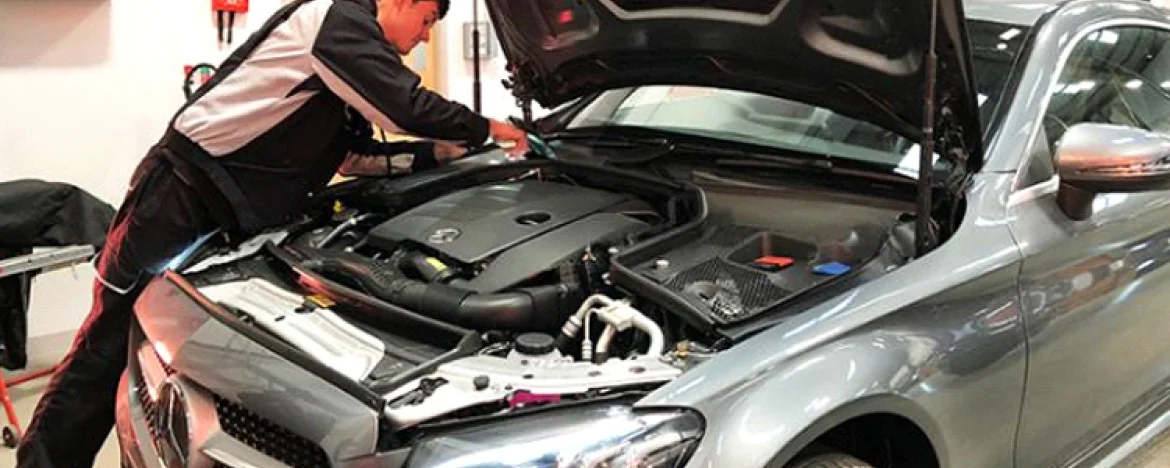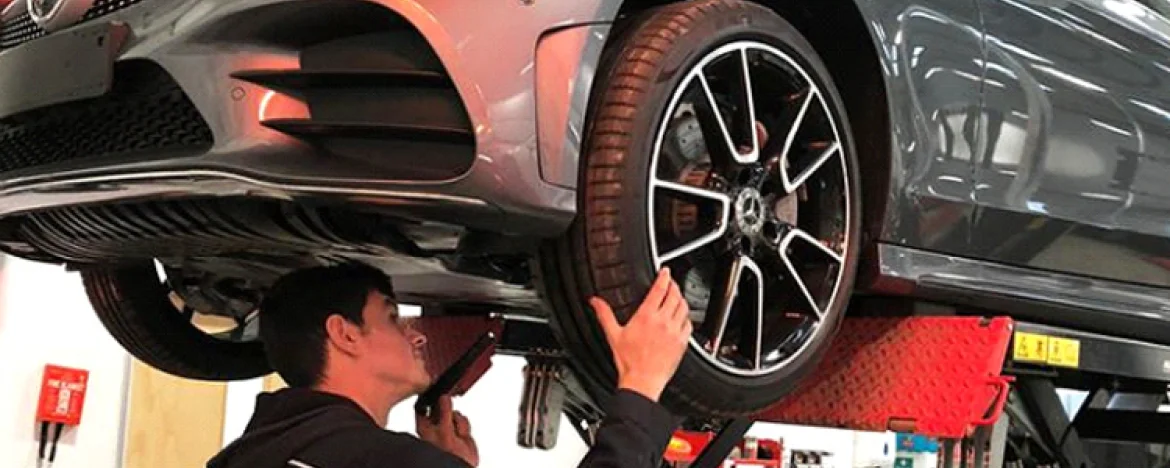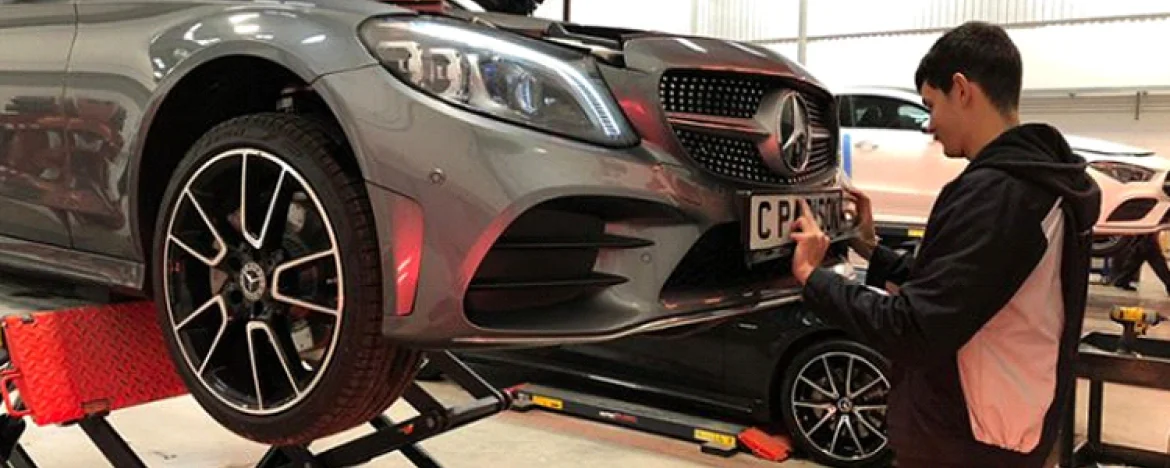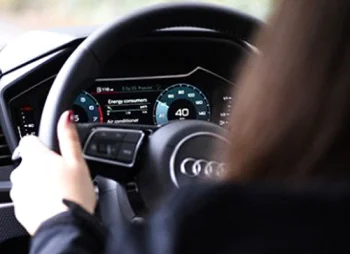
What is a PDI?
A PDI is a series of checks carried out by a trained technician to ensure that everything is hunky dory before delivery. Most importantly, it’s the opportunity to identify any obvious faults (bodywork or mechanical) that can be rectified before the customer gets the keys.
Each dealership will obviously do things a little bit differently from each other, but ultimately the result will be the same – ensuring that customers are receiving a safe, road-worthy and fully functioning car.
What is covered?
The first thing the technician should check is if the vehicle matches the specification ordered by the customer. For example, is it the correct engine or model line? Once this has been confirmed, the bodywork can be checked for any damage, blemishes or paint issues. The wheels and tyres will also be checked for any damage and once again to ensure that they are the correct specification.

Interior checks
This is a big portion of the check, and covers testing out the following:
- Light checks – high and low beams, hazard, indicators and the horn
- Wipers and washers
- Instruments, telematics and multimedia – all of the dials and gauges as well as setting the clocks and making sure the display screens are all functioning
- Heating, air con and ventilation
- Mirror checks – do they dip and fold etc.?
- Door locks and window operations
- Steering Operation of all seat adjustments – memory seats and lumbar support as well as seat heating and cooling options, if fitted.
- Operation of sunroofs and convertible roofs
- Seat belts and restraint systems
The technician would also take this opportunity to ensure that all of the customer documentation (drivers manuals etc.) are present and, if applicable, that a spare wheel or repair kit has been supplied.

Vehicle Exterior - Under the bonnet
First and foremost they’ll need to check that the bonnet opens and closes without a hitch. They’ll also carry out a thorough visual inspection of the underside of the vehicle to check that there isn’t any damage or leaks.
They'll then carry out the following tests:
- Fluid levels – is the coolant and oil topped up and, if necessary, does the car need any Ad blu?
- Battery condition
- Check and adjust tyre pressures
This is also the point where the technician will make and fit the car's number plates before taking it out for a road test.

Road test
This is where the technician will take the car on to the road to complete a series of checks. This will include ensuring that all instruments and warning lights operate and extinguish. They will also ensure that all driver assistance systems work without fault. If you have options such as cruise control or speed limiter, they’ll also check those too.
Other checks commonly completed on the road test:
- Audio and navigation systems
- Engine performance
- Transmission operation and gear changes. If the car has paddle shifters, those will also be checked.
- Braking systems and parking brake.

Completing all these checks means that we can identify and fix any issues before they can become a problem, and ultimately provide our customers with a vehicle that's in perfect condition. On the rare ocassions where problems are found, we'll book in for repair and keep you updated of any potential delays. One thing is for sure, it's always our priority to get your perfect car to you in perfect condition.



